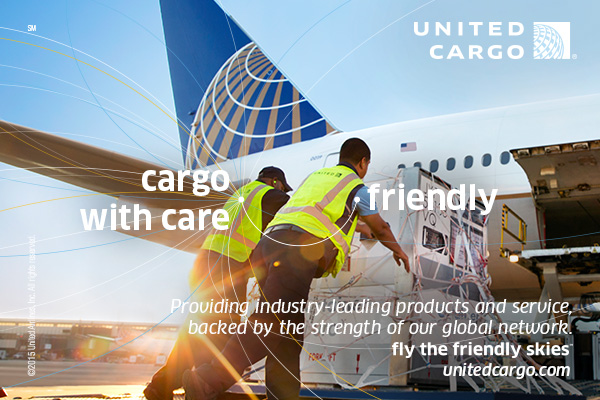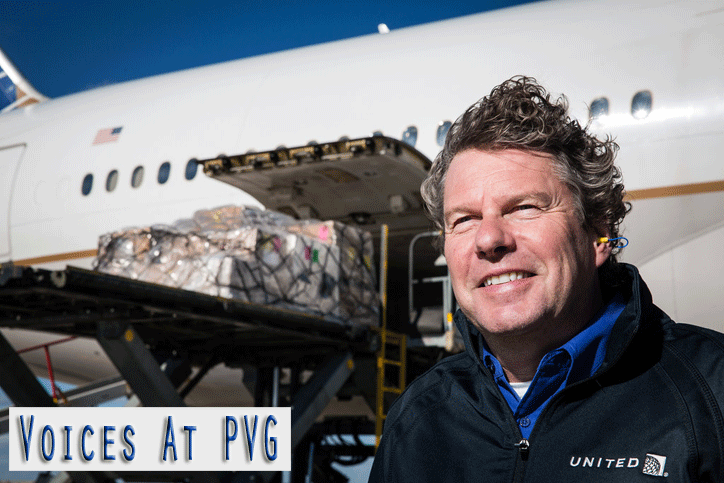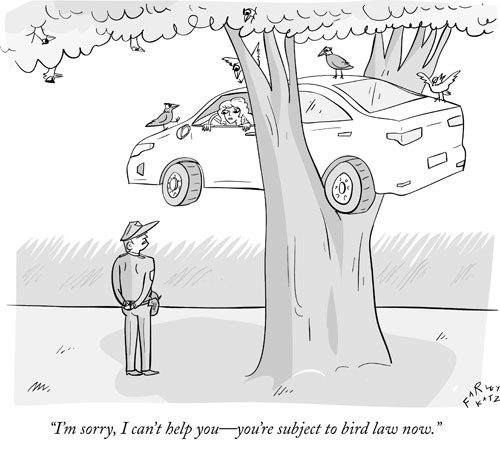
 |
 |
 #INTHEAIREVERYWHERE |
 |
| Vol. 14 No. 26 | Monday
March 23, 2015 |
There was an undeniable sense of confidence
and even forward-thinking optimism at the Lufthansa Cargo press conference
held in Frankfurt on Thursday March 19.
|
 Jan Krems, President United Airlines Cargo I found most of the tracks to be valuable, and special recognition should be given to those who organized and executed the Pharma track. Those attending this track were engaged and many worthwhile ideas surfaced in the discussion. C2K has the right focus and direction under the leadership of Board of Directors Chairman Max Sauberschwarz. As always with this initiative, the speed and the extent of progress will depend on the level of support given by industry stakeholders. The new Air Cargo Innovation Award is a very positive IATA initiative. Entrepreneurship and fresh concepts are sorely needed in our industry, so highlighting the best of these ideas sends an important message. Not everything was positive, however. I don’t think the Plenary Sessions added much value. Also, while there were a number of things to enjoy and appreciate at the Gala Dinner, the second-rate food wasn’t one of them. In summary, our industry is confronted with a multitude of major issues. With the limited number of IATA resources dedicated to cargo, it’s vital we choose the right priorities and concentrate on swift, effective action on these. If we try to handle too many issues, we won’t make real progress on any. Speaking of progress, I hope Flying Typers readers have noticed the new online ads reflecting United Cargo’s new brand image and identity that appeared for the first time anywhere in FT last week (and appear again above). The image in the ad reflects how our Operations team delivers ‘Cargo with care’ – but we want our customers to know that our entire team is committed to this idea. We |
 |
|
A common enough greeting in India is now
ready to travel the world—and the credit goes to Lufthansa Cargo.
An MD-11 freighter from Lufthansa's cargo fleet with the registration
"D-ALCJ" touched down at Delhi International Airport on March
18, 2015, for its official baptism ceremony in which it was named "Namaste
India" (translation: "Greetings India") |
 |
Technology has given aviation so many things.
Today, more people can fly than ever before, in larger, quieter planes
with all the luxurious amenities of the 21st century—telecommunications,
Internet, personal TV screens. So much is available in-flight, it’s
almost hard to see further ahead in time, to imagine what else might be
possible.
Thus far, methods to deal with birdstrikes have
fallen woefully short of technological advancements. While
Occam’s Razor surely applies in most cases, when dealing with birdstrikes,
the simplest method has often proven ineffective. The ground up approach
is quite popular, with airports removing ponds and seed-bearing trees
to discourage foraging animals, which in theory should discourage their
predators (i.e., raptors). According to an article in USA Today, Salt
Lake City International Airport effectively replaced 1 million square
feet of grass with gravel to create an inhospitable zone for small creatures.
|
If
You Missed Any Of The Previous 3 Issues Of FlyingTypers |
| Forward this email to a friend |
| Update Profile To continue receiving FlyingTypers |
Publisher-Geoffrey Arend •
Managing Editor-Flossie Arend • Associate Publisher/European Bureau Chief-Ted
Braun Film Editor-Ralph Arend • Special Assignments-Sabiha Arend, Emily Arend • Advertising Sales-Judy Miller |
|